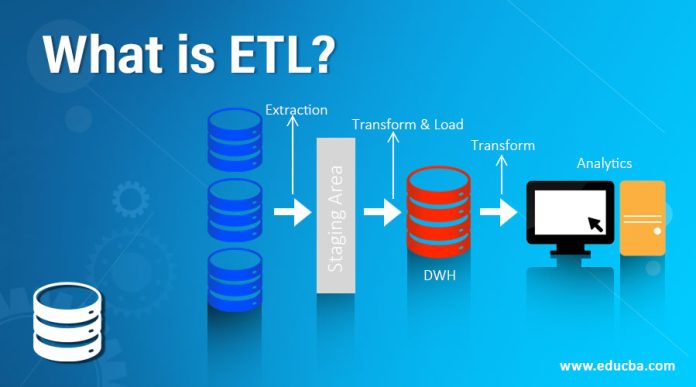The world of data analytics is an exciting, challenging field that can help to improve business intelligence and drive a company forward. It can provide analytics that helps to power high-level decision-making that improves every aspect of a company’s profile and can help to enrich customer experience.
One of the biggest challenges of data analytics, however, is of course the data itself. In the digital world, companies are constantly making data whether they want to or not. Every interaction creates sets of data that have to be stored somewhere, and this is where a lot of the problems with data analysis come from. Reverse ETL is a new, exciting tool that has extremely rich benefits for businesses who are venturing to use it. It can help to improve customer satisfaction and drive forward areas like operational analytics, automation, and customer experiences.
So what is reverse ETL and how can it work for you?
How Does Reverse ETL Work?
Table of Contents
To understand how to reverse ETL can work for you, you need to understand what reverse ETL is and why it might be needed. In the digital world, when data accumulates it rarely does so in small quantities. While there are differences in sizes of companies, the data that accumulates can still be substantial, even from a smaller company.
When this happens, data is typically unusable, or hard to access as it is generated. This is where processes like data enrichment and analytics come into play to turn this data into useful tools. One of the first challenges that a company will face, however, is getting that data out of what is known as data a silo.
A data silo is an aggregation of data that is difficult to use either due to not being formatted usefully, or simply being hard to acquire. The centralized answer for the problem of data silos is what is known as a data warehouse. A data warehouse is comprised of data that has been extracted from a silo, transformed into a useful format, and loaded into the warehouse. This process is known as ETL.
ETL has been one of the longest-used methods of taking data silos and turning them into useful warehouses. The idea behind a warehouse is that now there is an aggregated, centralized data source that can be accessed and used across a company to drive it forward.
What is the Problem With Warehouses?
While a data warehouse is a powerful and popular solution for any company wanting to refine and use their data as a tool, it can have issues. In fact, many companies can find themselves in a palace where their data warehouse becomes a kind of silo, as the data that moves into it become hard to access and implement effectively.
This is where the invasion of reverse ETL has come into play. Reverse ETL, as its name implies, removes information from a data warehouse and makes it available to departments that can use it. This not only frees up data but also can be used powerfully.
Reverse ETL for Operational Analytics
When data is accumulated by a company, it comes through source points like CRM or customer portals and interactions. These sources of a company collect the data that is eventually pushed into a warehouse, however, they can also be used to enrich that same data.
But using reverse ETL, you can push data back out to data sources where it can be very useful. First off, it can increase visibility across a company by giving sales teams, and marketing data that they can use to make informed daily decisions. This helps to build up a company’s operational analytics, by providing data that can help make real-time decisions that actually affect customer experience and satisfaction.
For instance, giving a sales team important customer data through reverse ETL can help a time run an analysis on which customers will benefit from the most attention. Not only that, but as a sourcing team uses this data, they will be appending and enriching with new information. This works to holistically enrich data that will then go back through the source and into the warehouse.
This helps to not only drive operational analytics in departments like sales and marketing forward, but it builds up the quality of your data at the same time.
Conclusion
Using reverse ETL can drive data to areas of a company with impressive benefits. Improving operational analytics and customer satisfaction through reverse ETL is a powerful method of empowering teams with data that is useful.
Increasing reply rates, reducing implementation and reporting times, and improving sales are just some of the benefits of using reverse ETL effectively. There are several benefits to learning how to develop and use reverse ETL, and this could be the year that you learn how to make it work for you.







